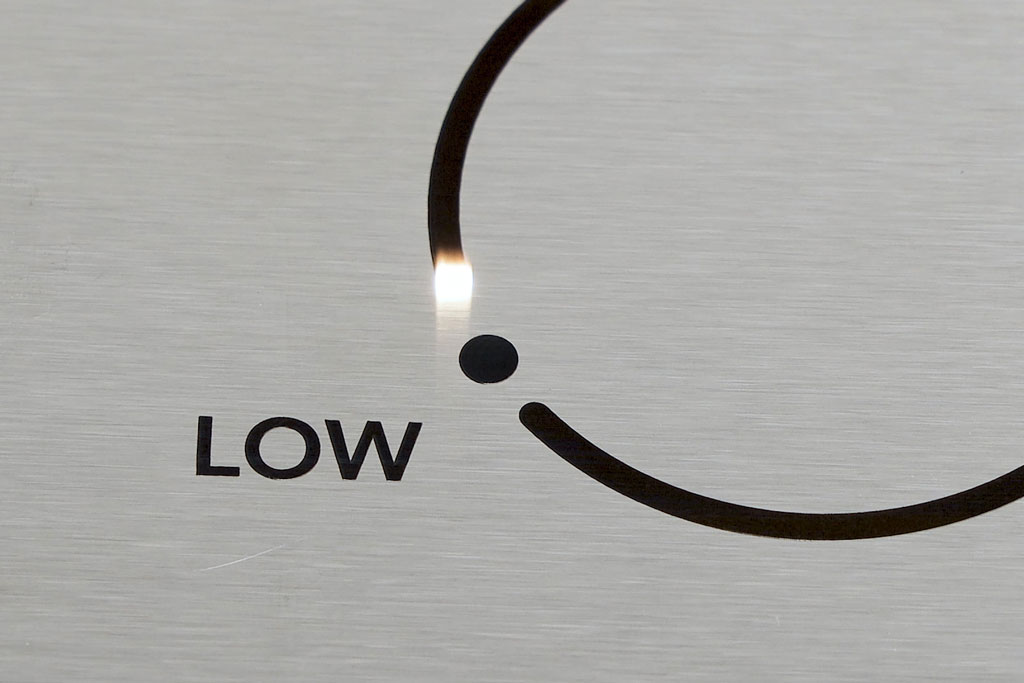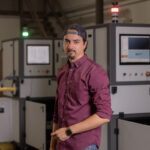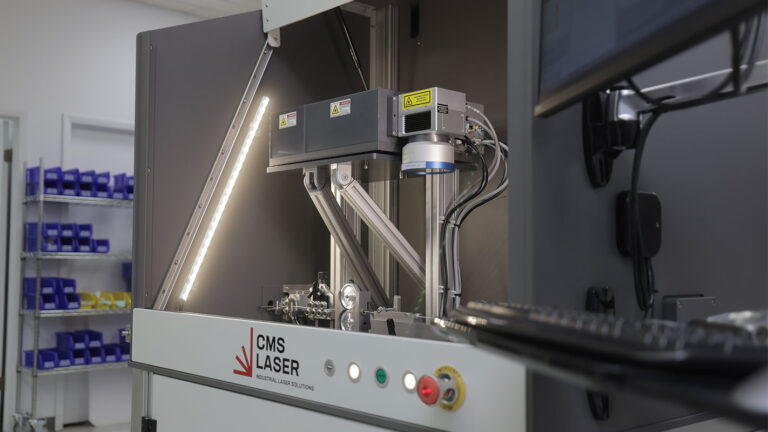From precision micromachining to LED wafer scribing, ultrafast femtosecond and picosecond lasers shine in applications that have traditionally used nanosecond lasers. These ultrafast lasers have very short pulse widths—minimizing the heat-affected zone in metals, plastics, ceramic and glass. As a result, they can do what nanosecond lasers cannot—eliminating post-processing, raised edges and discoloration in processed materials.
Let’s explore how ultrafast lasers work and the advantages they bring to material processing applications.
Ultrafast Laser Types
You can divide industrial ultrafast lasers into two general categories. Picosecond lasers emit pulses in the tens of picoseconds long—a duration just over one trillionth of a second. Femtosecond lasers emit pulses in the hundreds of femtoseconds long, or less than one trillionth of a second.
Compared to nanosecond lasers, ultrafast lasers depend less on the wavelength due to the multiphoton absorption of these ultrashort pulses. Multiphoton absorption in the IR bridges large band gap energies that normally require the high-photon energies of shorter wavelengths. If you need small spot sizes, ultrafast lasers with green or UV wavelengths are available.
Minimizing the Heat-Affected Zone
When laser pulses are a few picoseconds or less, material interaction occurs so quickly the heat doesn’t have time to travel outside the event zone. Due to their near-zero heat effect, ultrafast lasers unlock a range of new possibilities—enabling you to:
- Etch materials with high levels of detail
- Cut thin metals with no raised edges
- Minimize dross and post-processing
- Eliminate discolored halos around cuts or engravings
In addition to their minimal heat, high accuracy and ability to produce small, high-quality features in materials, ultrafast lasers tend to have high repetition rates—improving processing speeds. They’re ideal for a wide range of applications, including surface micro-structuring and texturing, multilayer polymer film cutting and black marking of stainless steel, chrome, aluminum and other metals.
Laser Marking Stainless Steel
Ultrashort laser marking creates nanostructures that scatter and trap light—imparting a dark contrast on metal surfaces. Picosecond laser marks on stainless steel, for example, have a flatter black appearance and more consistent contrast—even when viewed at an angle. You can use this same process to mark bare and clear anodized aluminum as well.
These laser marks are extremely durable, maintain much of the original chromium oxide layer and don’t diminish a metal’s corrosion resistance.
Ultrafast Laser Processing—Marking
Learn More
At CMS Laser, we offer a variety of ultrafast lasers. We’re happy to provide you with risk-free sample processing and analysis at no cost to you.
Learn more about our ultrafast laser processing capabilities here.








0 comments
Leave a comment.